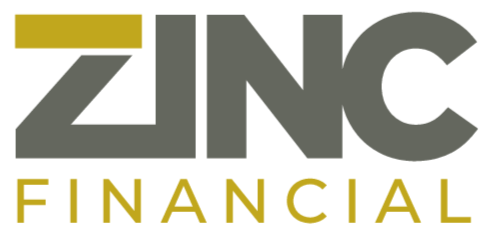If you have any level of experience with house flipping, you’ve surely noticed that flipping has gotten a lot more competitive over the last few years. Prices are still on the rise and inventories are low, but there are very few distressed properties available. When an underpriced home does go on the market, a dozen house flippers seem to jump on it at once.
Fortunately, there are a few ways that you can be competitive and make the most of your flips in 2016.
- Fund your flips wisely
Fix and flip investing is rarely a solo endeavor. You need a whole team of people to help you find the right property, pay the right price, make your repairs cost-effective and quick, and resell the property for a decent margin. Before any of that happens, you need solid access to capital in order to better leverage your own investment and make the whole process less risky.
Some investors choose the joint venture route, which can be very lucrative when both parties are clear on the terms and responsibilities. You can also turn to friends and family for investment, but this almost never goes well. In most cases, the safest and most cost-effective route is obtaining fix and flip loans from reputable private money lenders like ZINC Financial. Our loans currently range from $50,000 to $1,000,000, allowing investors to set their sights on everything from distressed houses to undervalued mansions.
- Know your market better than anyone
Once you’ve decided where you want to flip houses, whether it’s your own neighborhood or another state, you need to learn everything you possibly can about the area and its residents. Learn the local crime rates, where the best school districts are, where new office buildings are going up, which local parks are being refurbished, and what home sales have done in the area over the last few years.
It’s important to get to know the area and its potential buyers so well that when the right fix and flip property comes on the market, you’re ready to pounce before anyone else. Having a strong understanding of the market will also help you more accurately predict your after repair value and potential ROI.
- Rehab for the buyer, not yourself
This is house flipping 101, but it’s a lesson that bears repeating. Too many house flippers have a terrible time setting aside their own tastes when repairing a fix and flip home. This goes hand-in-hand with Tip 2: it’s essential to know who your potential buyers are so that you can rehab and design according to their tastes, not your own.
Part two of this tip is to not be greedy when you’re pricing your property. The amount of blood, sweat, and tears that you put into the home should not have an effect on your asking price. Instead, price your property according to the market so that you’re able to sell quickly and earn the ROI that you set out to make.


